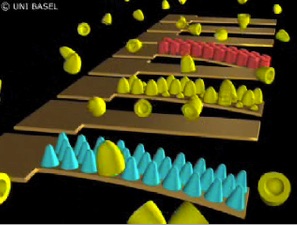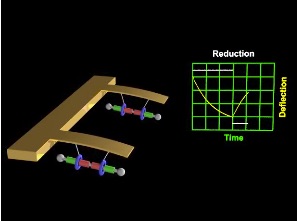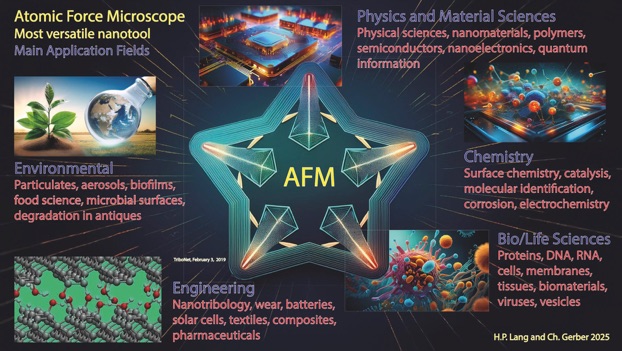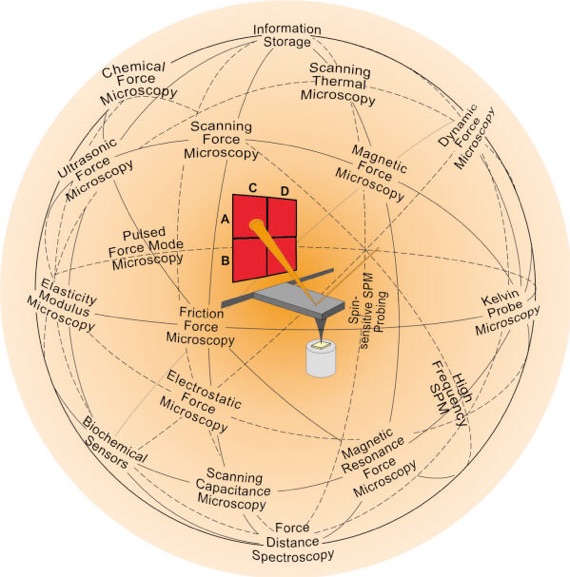Prof. Ch. Gerber em.

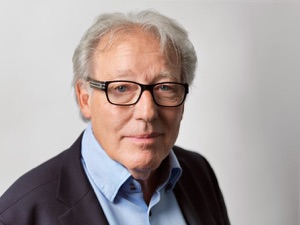
Christoph Gerber is a titular professor em. at the Department of Physics, University of Basel, Switzerland. He was a founding member and Director for Scientific Communication of the NCCR (National Center of Competence in Research Nanoscale Science) and acted more than 15 years as a Vice-Director on the board of the SNI (Swiss Nanoscience Institute) at the Univ. of Basel. He was formerly a Research Staff Member in Nanoscale Science at the IBM Research Laboratory in Rueschlikon, Switzerland, and has served as a project leader in various programs of the Swiss National Science Foundation and in the European Framework 6
For the past 45 years, his research has been focused on Nanoscale Science. He is a pioneer in Scanning Probe Microscopy, and he made major contributions to the invention of the Scanning Tunneling Microscope and the Atomic Force Microscope (AFM), he is also a co-inventor of Biochemical sensors based on AFM Technology.
He is the author and co-author of more than 180 scientific papers that have appeared in peer-reviewed journals and has been cited more than 50’900 times in ISI Clarivate Web of Science and 72‘400 times (https://scholar.google.com/citations?user=w9b8kbgAAAAJ&hl=de) in cross-disciplinary fields. He belongs to the one hundred worldwide most cited researchers in Physical Sciences. He has given numerous plenary and invited talks at international conferences.
His work has been recognized with multiple honorary degrees and various awards and appeared in numerous articles in daily press and TV coverage. He is co-recipient of the 2016 Kavli Prize in Nanoscience for the Atomic Force Microscope. In 2023 he received the World Cultural Council Albert Einstein Award for Science. In 2024, he was given the status of a Citation Laureate by the Institute for Scientific Information (ISI) at Clarivate. He is a Fellow of the American Physical Society, a Fellow of the World Technology Network and a Fellow of the IOP Institute of physics UK. He serves in the advisory board of several nano institutes and has chaired and co-chaired various international conferences. His IP portfolio contains 37 patents and patent publications. His private interest range from literature (scientific and a good novel) to art and sports (he is a passionate skier and plays an acceptable round of golf).
His current interests include
- Biochemical sensors based on AFM Technology
- Chemical surface identification on the nanometer scale with AFM
- Nanomechanics, nanorobotics, and molecular devices at the ultimate limits of measurement and fabrication
- Atomic Force microscopy research on insulators
-
- Self-organization and self-assembly at the nanometer scale
SPM History

First STM (1981)

Exponential tunneling current

First AFM (1986)

First atomic resolution on graphite
Nanomechanical Sensing with Cantilever Arrays
Cantilever bending

Multifunctional cantilever array sensors
Molecules can drive a nanomechanical cantilever
(related to the work of Fraser Stoddard, Nobel Laureate in Chemistry 2016).

F. Stoddard & P. Weiss groups, ACS Nano 3, 291 (2009).
A Mechanical Actuator Driven Electrochemically by Artificial Molecular Muscles
Oxidation and reduction of bistable rotaxene molecules controlled by electrochemistry produce forces that bend a nanomechanical cantilever.
